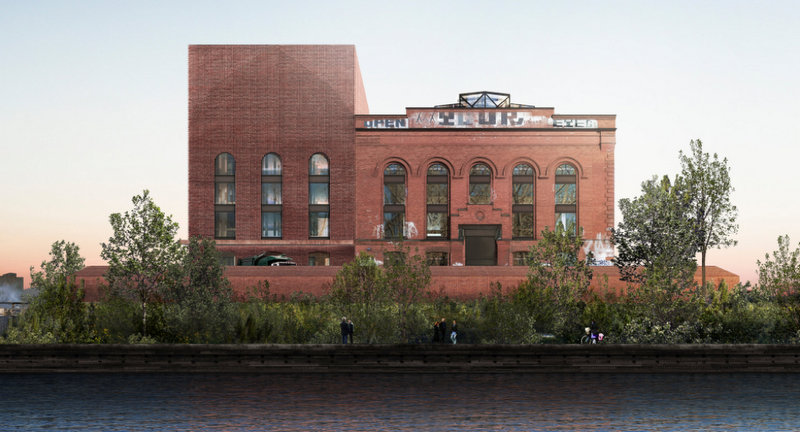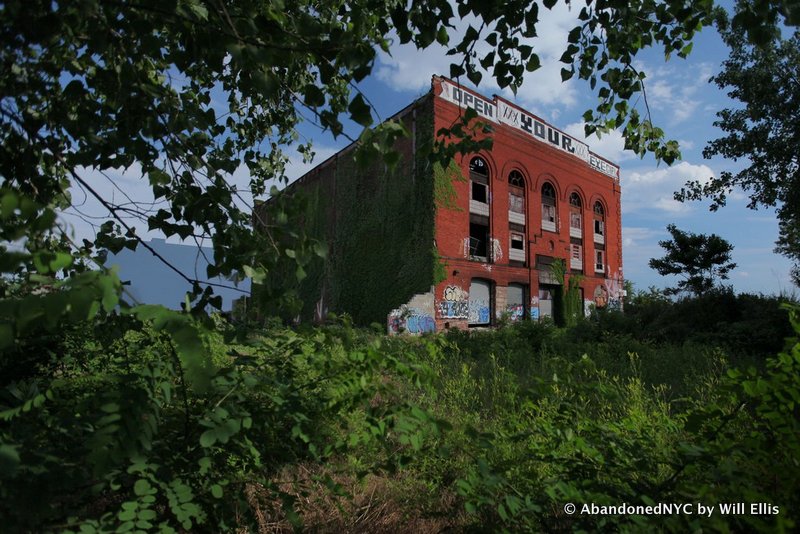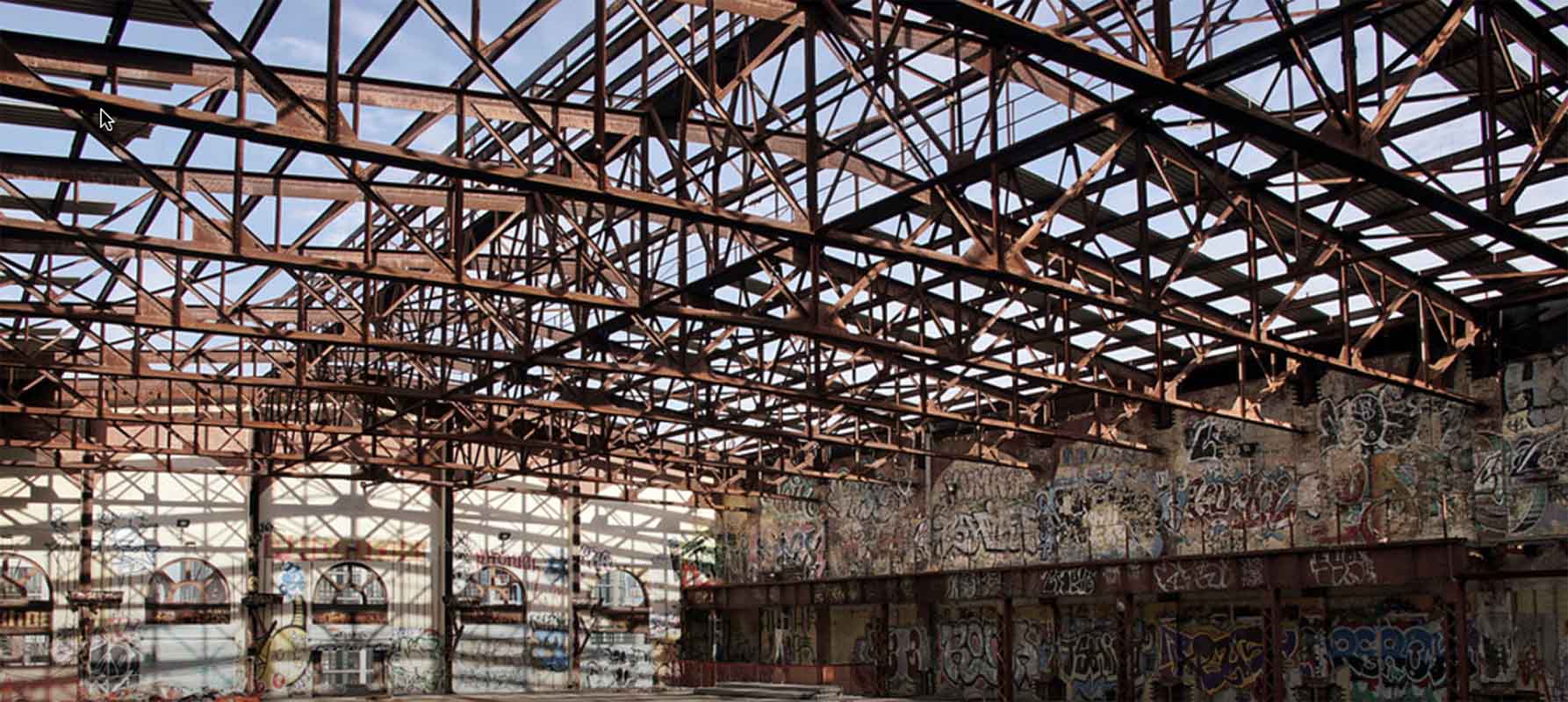It’s been a while since there was any update on the status of the infamous Gowanus Batcave, but with the rapidly changing landscape of the neighborhood, it was only a matter of time. The New York Times now reports that the nonprofit Powerhouse Environmental Arts Foundation has plans in place this year to begin the transformation of the Batcave into The Powerhouse Workshop, an artist and manufacturing space. The project will be designed by the renown Swiss architecture firm Herzog & de Meuron, most well-known for the Tate Modern in London but whose Jenga-like skyscraper in Tribeca, 56 Leonard, is probably their most recognizable New York City work.
According to the New York Times, the Powerhouse Environmental Arts Foundation “spent four years studying what to do with the power station after purchasing it in 2012 for $7 million. The initial thought was studio space, but after surveying artists, the Powerhouse team discovered a greater unmet need: fabricating the art.” The Powerhouse Workshop has an anticipated opening date of 2020.
 Rendering of the Powerhouse Workshop, by Herzog & de Meuron
Rendering of the Powerhouse Workshop, by Herzog & de Meuron
Across from the Whole Foods Market on Third Street within a parking lot operated by Con Edison stands the former central power station of the Brooklyn Rapid Transit Company. The brick building was built in 1896. Coal was delivered by barge along the Gowanus Canal and taken down an underground tunnel into the power station.
Both direct and alternating current power were made at the central power station, which supplied the trolley system in Brooklyn. 32 boilers supplied the heat to operate eight 4000 horsepower steam generators in the facility. One whole section of the power station, the engine and dynamo room (which had two chimneys), has been long demolished. The interior architecture here would have had wrought iron galleries, accessible through an elevator, and iron staircases.

The boiler rooms and coal storage facility remain, though the iron roofing no longer has its original terracotta tiling and graffiti has taken over much of the facade. In 1938, the power plant was transferred to the Williamsburg Power Plant Corporation. In the 1950s, it came under the jurisdiction of the New York City Transit Authority and was used until 1996 as a substation and switching yard.
In a unique nod to the past, the renovated complex will include, according to the New York Times, a new building that “traces the form of the boiler house that stood next door before its demolition in the 1950s.”

But the power station gets its most infamous history as the Gowanus Batcave, a squatter community of youths that took over the building in the early 2000s. At the beginning, things were peaceful but after a few incidents, the Batcave developed a notorious reputation as a place of drug addiction and criminal behavior.
Although the site is designated for environmental cleanup, it has nonetheless been an iconic spot for urban explorers throughout the years. Unofficial concerts took place inside too. Until recently, much of the detritus left from the squatter community was still there: old beds, bookshelves and other furniture mixed with toys, movies, and stuffed animals. There were even discarded syringes lying around. The former turbine room was the most impressive, with some of the ceiling panels still intact. The walls were filled with graffiti and light shimmered in from the decaying roof.
The renovation plans include plans to keep as much of this mixed history of the building as possible, including the graffiti and original building material. The impressive turbine room, now open to the elements at the top of the building, will get a new glass cover and repurposed as an exhibition space and a “staging ground for art in progress.”
See photographs of the interior of the Gowanus Batcave in our original coverage by Will Ellis of AbandonedNYC. Check out the Top 12 Historical Secrets of the Gowanus Canal.






